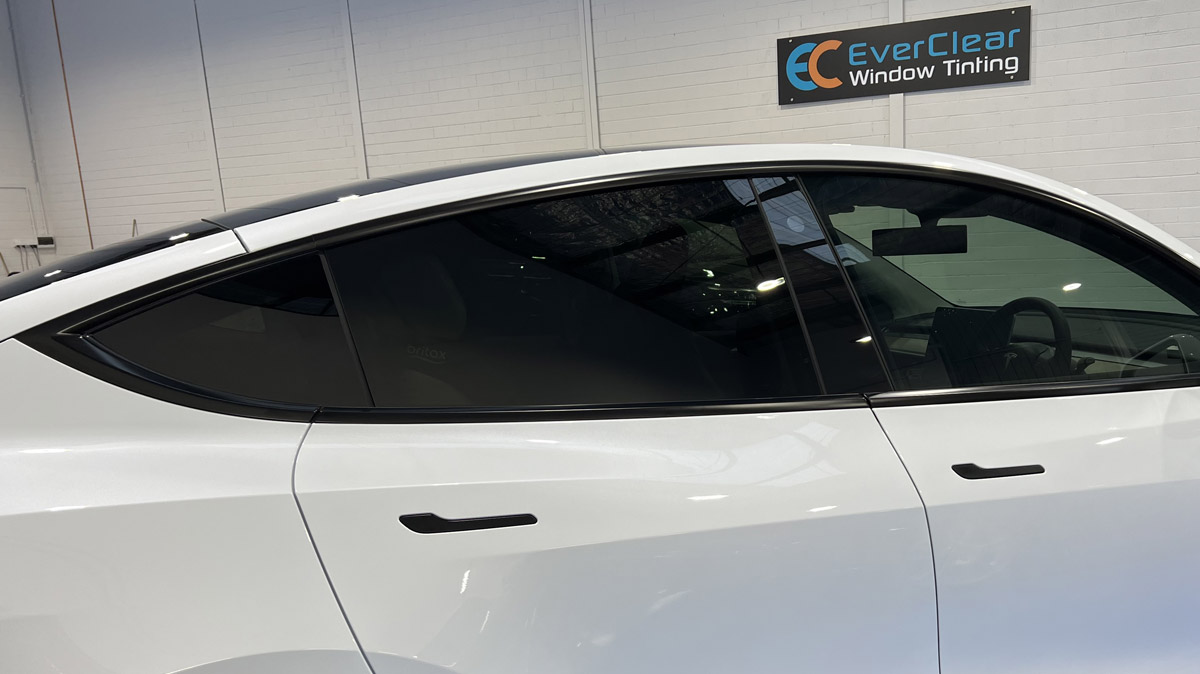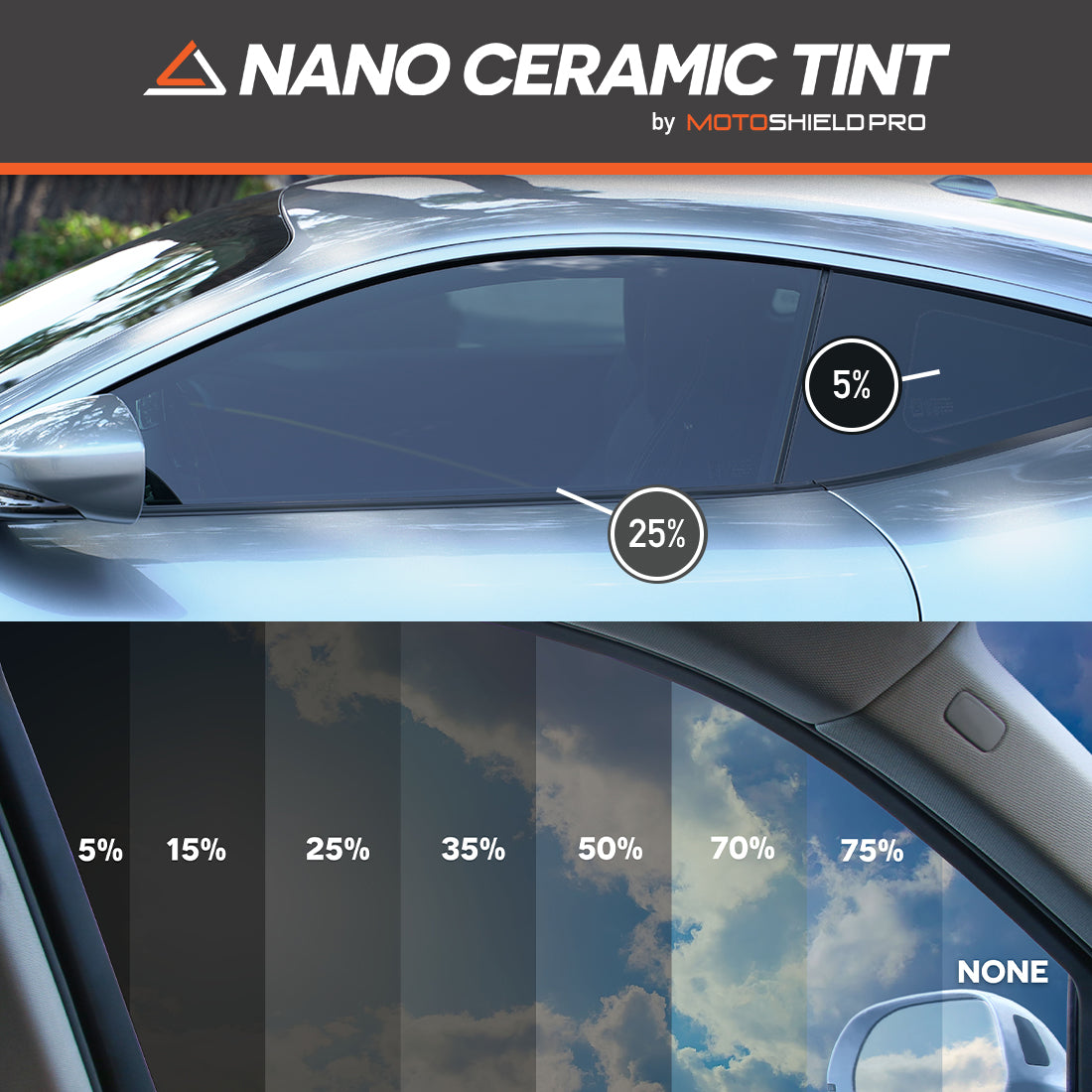Improve Your Car’s Performance and Look with Expert Window Tinting Services
Wiki Article
Window Tinting Laws: What You Required to Know Prior To Tinting Your Car
Comprehending home window tinting regulations is crucial for any type of automobile owner considering tinting their car. Laws differ considerably from one state to another, developing details restrictions for Visible Light Transmission (VLT) percentages, specifically for front-side windows and windscreens. Failure to follow these regulations can cause penalties, the need to remove the tint, and difficulties with insurance. As you ponder boosting your vehicle's appearance and capability, it is essential to realize not just the legal implications but likewise the practical factors to consider that feature picking the best tint. What variables should you prioritize in your decision-making process?Importance of Comprehending Color Rules
Understanding window tinting legislations is crucial for automobile proprietors to ensure conformity with state laws. These laws dictate the permitted levels of tint darkness and reflectivity, which can considerably differ from one territory to an additional. Failing to stick to these guidelines can lead to penalties, mandatory removal of the tint, and potential problems during lorry evaluations.Furthermore, comprehending these legislations aids lorry proprietors make educated choices concerning their tinting alternatives. Various types of window films provide various benefits, such as UV protection, heat rejection, and glare reduction. Without knowledge of the lawful limitations, automobile proprietors take the chance of picking products that may inevitably lead to legal issues.
Furthermore, awareness of tinting legislations cultivates a more secure driving atmosphere. window tinting. Excessively dark colors can impair visibility, enhancing the risk of crashes, especially at evening or in damaging weather problems. Police also use these guidelines to make sure road safety and security, making compliance not simply a lawful commitment however an individual obligation
State-Specific Color Regulations
Each state in the united state has developed its own particular regulations pertaining to home window tinting, reflecting a varied selection of demands and criteria. These policies can vary considerably, influencing exactly how car owners come close to installation and conformity. Some states enable darker colors on back home windows while imposing stringent restrictions on front-side home windows.Additionally, guidelines typically define allowable tint products and shades. Certain states forbid reflective colors altogether, while others may permit them to a limited degree. In addition, some jurisdictions mandate that automobiles with colored home windows display a sticker label suggesting conformity with state regulations, giving a clear recognition for police.
Enforcement of these laws also differs; some states are more aggressive, carrying out arbitrary checks, while others depend on issues or visible offenses to start enforcement. Car owners should be mindful that failure to follow state-specific tint guidelines can cause penalties, compulsory elimination of prohibited tints, or both.

Legal Tint Percentages
Determining the legal tint percents is critical for lorry proprietors looking for to abide by state regulations. Each state has particular laws governing how much light should travel through the home windows of an automobile, which is revealed as a portion referred to as Visible Light Transmission (VLT) This percentage differs significantly throughout states and can rely on the kind of window-- front side, back side, and windscreen.As an example, some states enable as little as 20% VLT on front side home windows, while others may permit approximately 50%. Windscreen tinting is usually a lot more restricted, with many territories enabling only a slim band of tint on top of the windscreen. In contrast, back home windows see this site usually have more forgiving guidelines, with some states permitting darker colors.
It is necessary for car owners to familiarize themselves with their neighborhood legislations to avoid potential legal issues. This consists of understanding exactly how VLT is measured, as it can vary based on the kind of home window film made use of. Staying informed regarding these regulations makes sure conformity and promotes risk-free driving conditions for both the automobile owner and others when driving.
Effects of Non-Compliance
Falling short to stick to home window tinting regulations can cause considerable effects for lorry owners. The most prompt repercussion is the potential for web traffic quits and citations from police. Police officers educated to identify more prohibited color degrees might provide penalties, which can vary by territory but often range from modest to significant quantities. Repetitive infractions might bring about increased fines, consisting of greater penalties or additional points on a vehicle driver's certificate.
Insurance provider may likewise penalize for non-compliance, as prohibited alterations can be deemed a breach of policy terms. This might impact protection prices or lead to difficulties in cases if a case takes place.
Inevitably, the consequences of non-compliance extend beyond prompt financial penalties; they can influence a chauffeur's insurance coverage prices, legal standing, and general automobile value, emphasizing the value of adhering to neighborhood window tinting regulations.
Tips for Picking Tinting Options
Recognizing the effects of non-compliance highlights the significance of making notified choices when selecting window tinting alternatives. To start with, familiarize yourself with your state's particular laws regarding tint darkness and reflectivity. Each state has distinct guidelines that determine the acceptable limitations, so ensure you remain within these standards to avoid fines.Secondly, take into consideration the kind of tint material. Alternatives consist of dyed, metalized, and ceramic tints, each offering varying levels of heat rejection, UV protection, and durability. For example, ceramic colors supply remarkable heat resistance without hindering digital gadgets, making them a prominent selection.
In addition, evaluate your primary objective for tinting. If you seek enhanced personal privacy, go with darker tints; nonetheless, keep in mind that this might influence visibility at evening. Conversely, if glare reduction and UV defense are your main worries, lighter tints may be adequate.
Lastly, talk to an expert installer that is experienced about regional regulations and can recommend premium materials matched official source to your requirements (window tinting). Taking these variables right into account will certainly guarantee you make a well-informed decision, ultimately improving both your car's aesthetic appeals and performance
Final Thought
In final thought, familiarity with home window tinting legislations is important prior to applying color to a vehicle. By recognizing legal requirements and picking proper tint materials, lorry proprietors can achieve visual enhancement while continuing to be compliant with appropriate laws.Comprehending home window tinting laws is necessary for any type of automobile proprietor thinking about tinting their car.Comprehending home window tinting laws is crucial for lorry owners to make sure conformity with state regulations. Some states enable darker colors on rear home windows while imposing stringent restrictions on front-side windows.
In comparison, rear windows commonly have much more forgiving regulations, with some states permitting darker tints. (window tinting)
In verdict, knowledge with home window tinting laws is essential prior to using color to a vehicle.
Report this wiki page